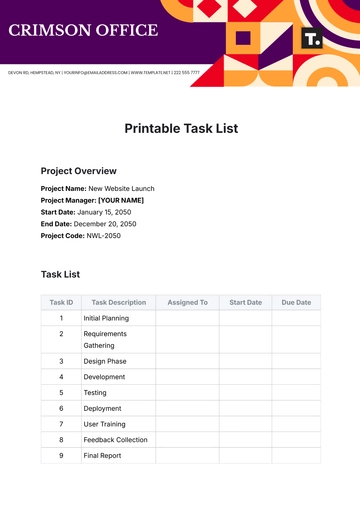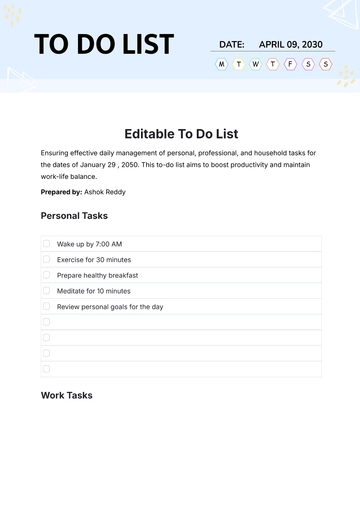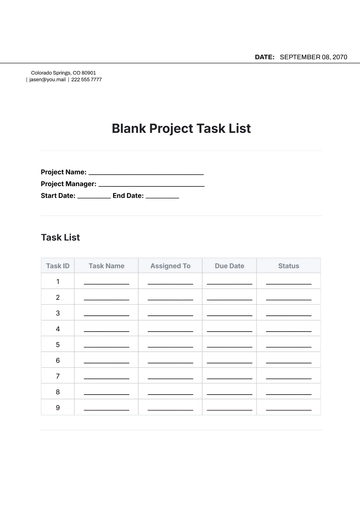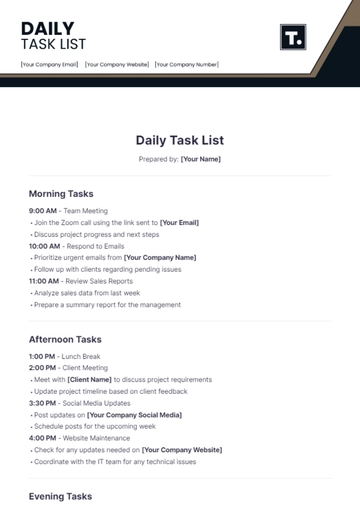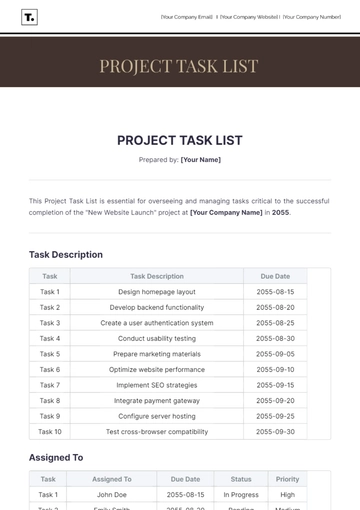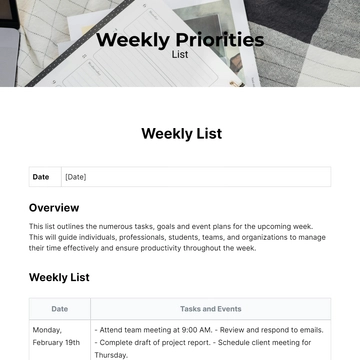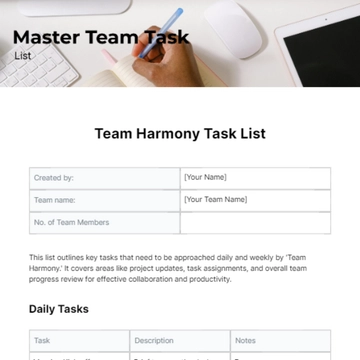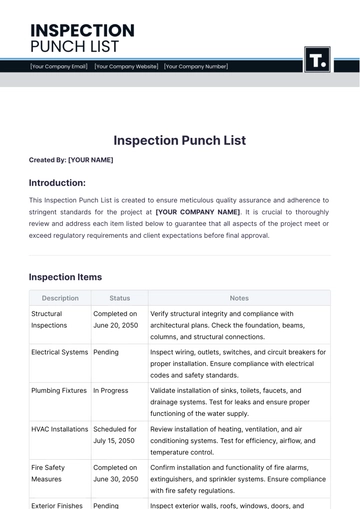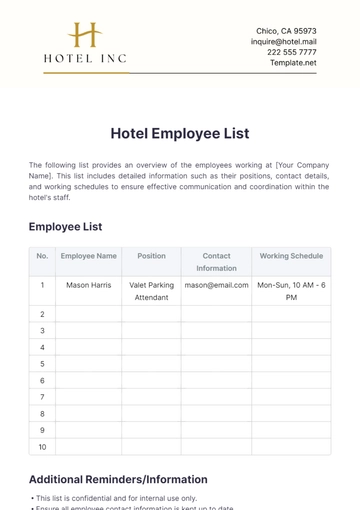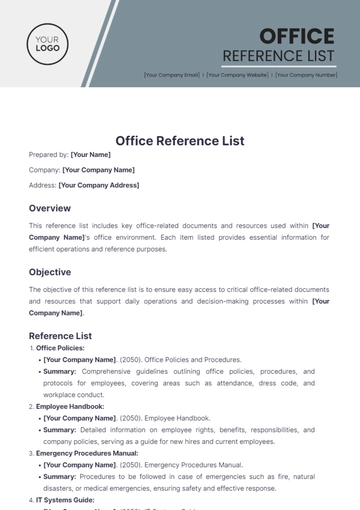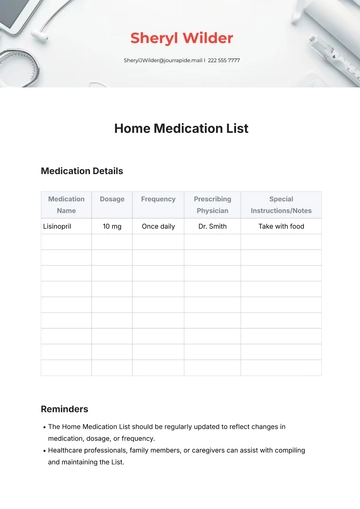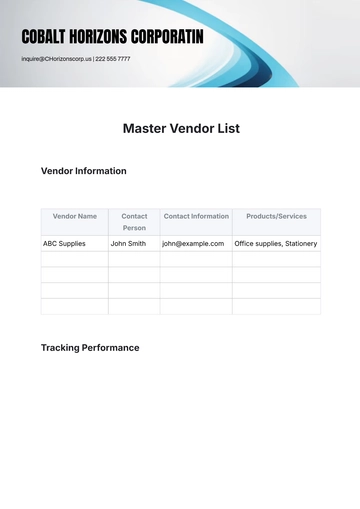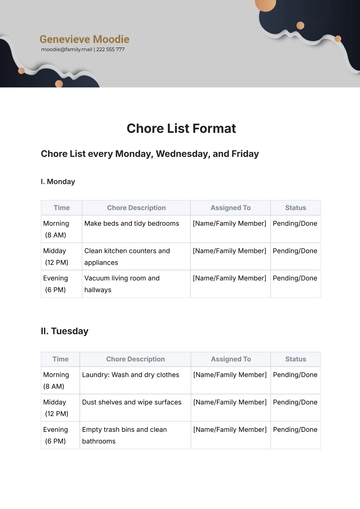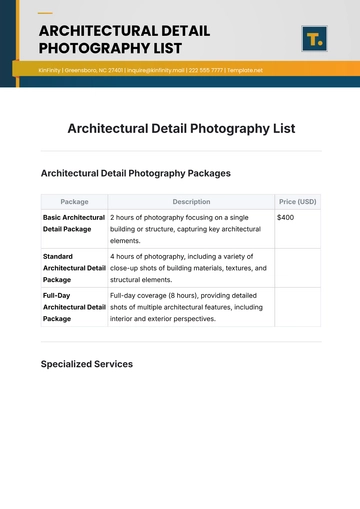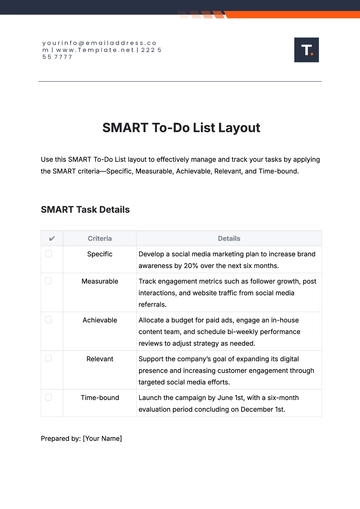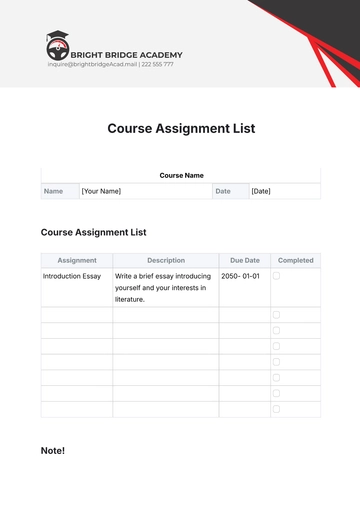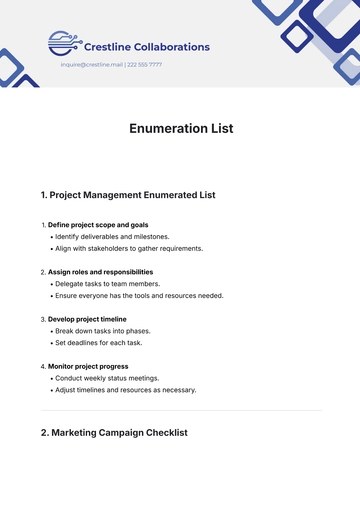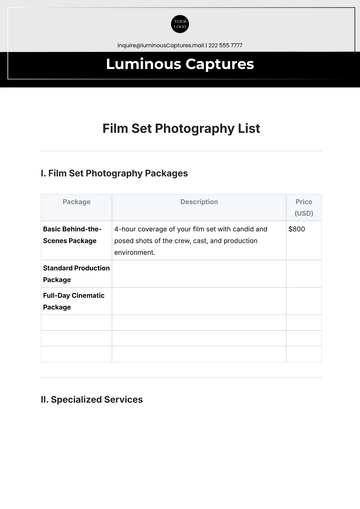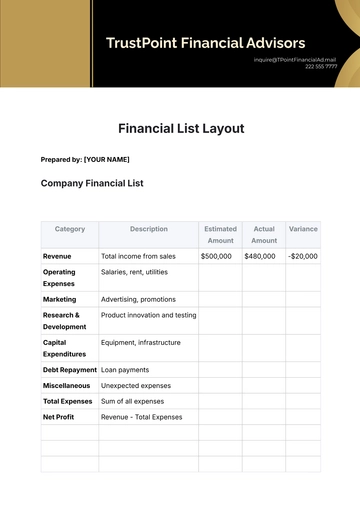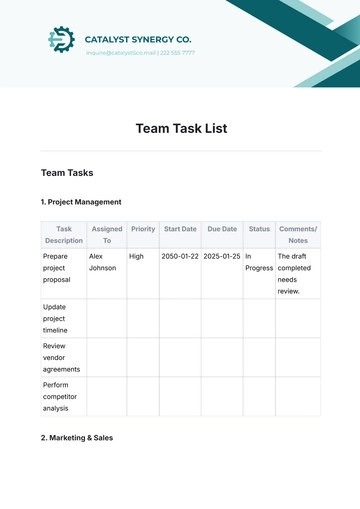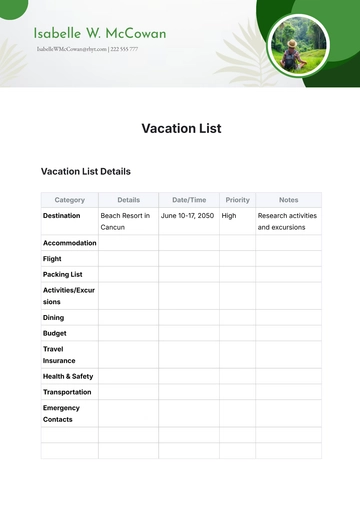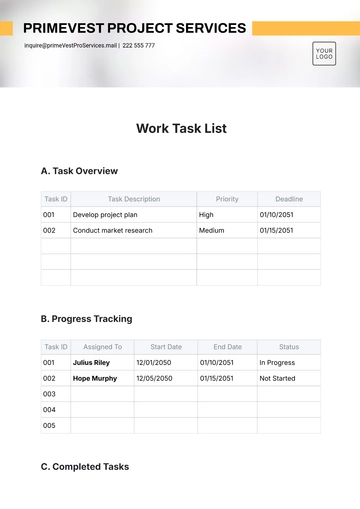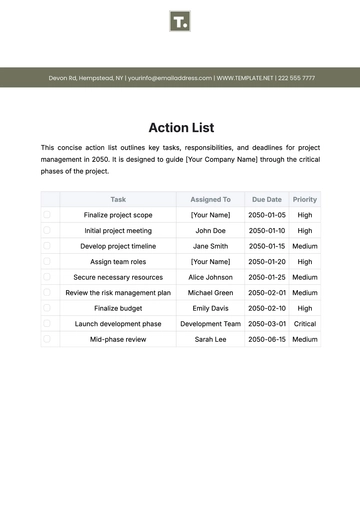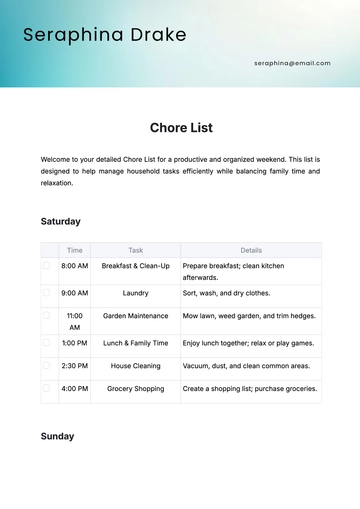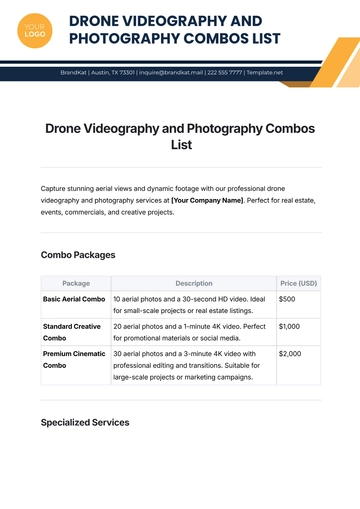Free Listening Summary
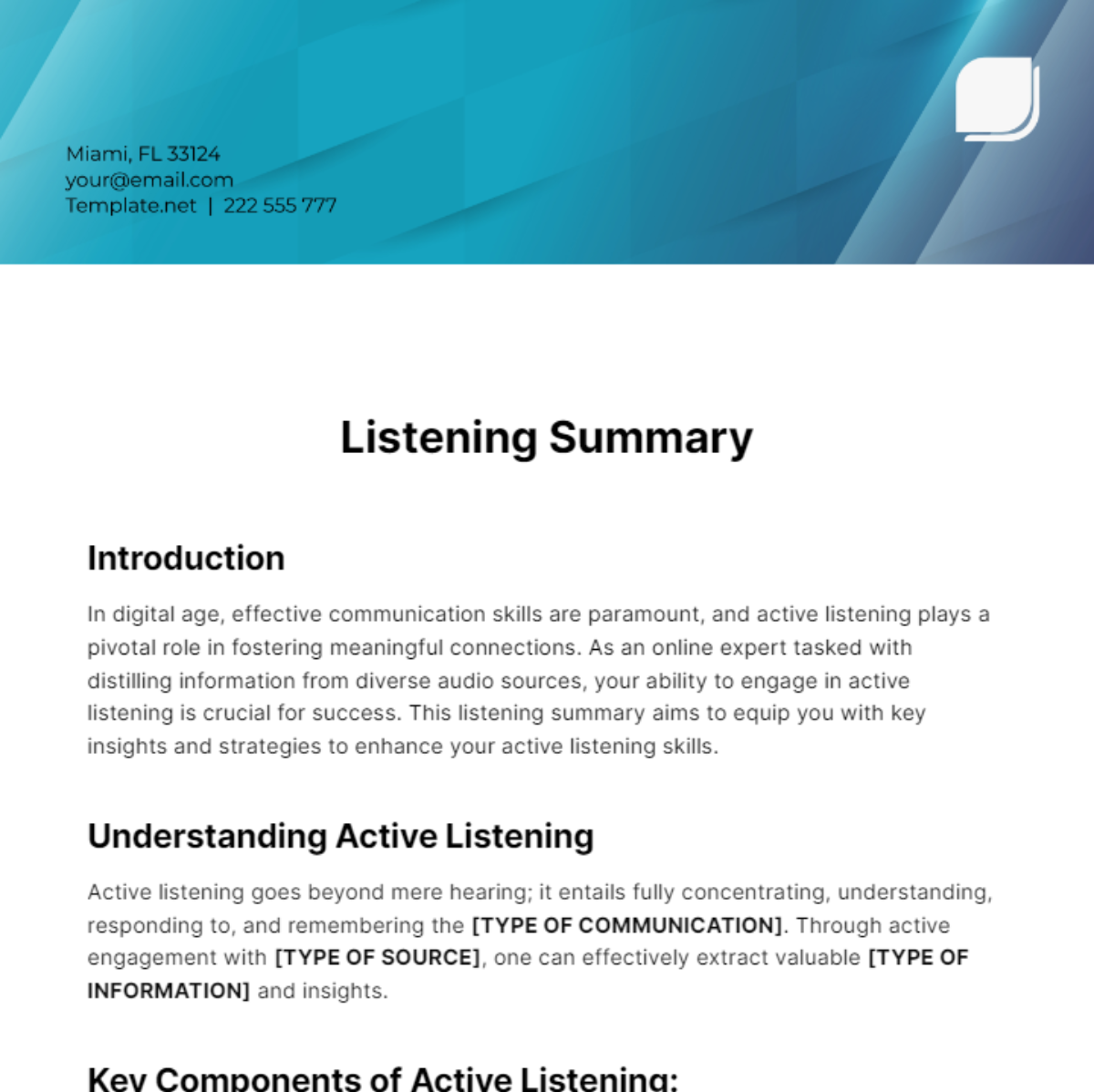
Introduction
In digital age, effective communication skills are paramount, and active listening plays a pivotal role in fostering meaningful connections. As an online expert tasked with distilling information from diverse audio sources, your ability to engage in active listening is crucial for success. This listening summary aims to equip you with key insights and strategies to enhance your active listening skills.
Understanding Active Listening
Active listening goes beyond mere hearing; it entails fully concentrating, understanding, responding to, and remembering the [TYPE OF COMMUNICATION]. Through active engagement with [TYPE OF SOURCE], one can effectively extract valuable [TYPE OF INFORMATION] and insights.
Key Components of Active Listening:
Components | Description |
|---|---|
Concentration | Focus your attention solely on the speaker and avoid distractions to comprehend the message. |
Understanding | Strive to grasp the speaker's perspective, emotions, and underlying meanings behind their words. |
Responding | Provide appropriate feedback through verbal and non-verbal cues to convey understanding. |
Remembering | Retain key points and details by employing memory-enhancing techniques for future reference. |
Strategies for Effective Active Listening
Maintain Eye Contact: Establishing eye contact demonstrates attentiveness and encourages open communication.
Use Verbal Affirmations: Nodding, paraphrasing, and asking clarifying questions signal your engagement and understanding.
Avoid Interrupting: Allow the speaker to express their thoughts fully before interjecting with your input.
Practice Empathy: Put yourself in the speaker's shoes to better understand their feelings and perspectives.
Summarize Key Points: Periodically summarize what you've heard to confirm understanding and reinforce retention.
Utilizing Technology for Audio Distillation
In the digital landscape, various tools and techniques can aid in distilling information from audio sources efficiently:
Transcription Tool: Utilize [SPEECH-TO-TEXT SOFTWARE] to convert audio content into text for efficient review and analysis.
Note-Taking App: Utilize [NOTE-TAKING APPLICATION] equipped with [TIMESTAMPING] and [ORGANIZATION] features to capture key insights during listening sessions.
Playback Speed Adjustment: Adjust playback speed according to your [PACE] for enhanced information retention and quicker absorption.
Conclusion
Mastering active listening is a valuable skill that empowers you to glean insights, build rapport, and forge meaningful connections in both personal and professional settings. By implementing the strategies outlined in this summary and leveraging technological aids, you can enhance your ability to distil information from diverse audio sources effectively.
Summarized By: [YOUR NAME]
- 100% Customizable, free editor
- Access 1 Million+ Templates, photo’s & graphics
- Download or share as a template
- Click and replace photos, graphics, text, backgrounds
- Resize, crop, AI write & more
- Access advanced editor
Discover the ultimate efficiency tool with the Listening Summary Template from Template.net. Crafted for clarity, it's fully editable and customizable to suit your needs. Seamlessly streamline your note-taking process with this intuitive template, now editable in our Ai Editor Tool for added convenience. Boost productivity effortlessly.
